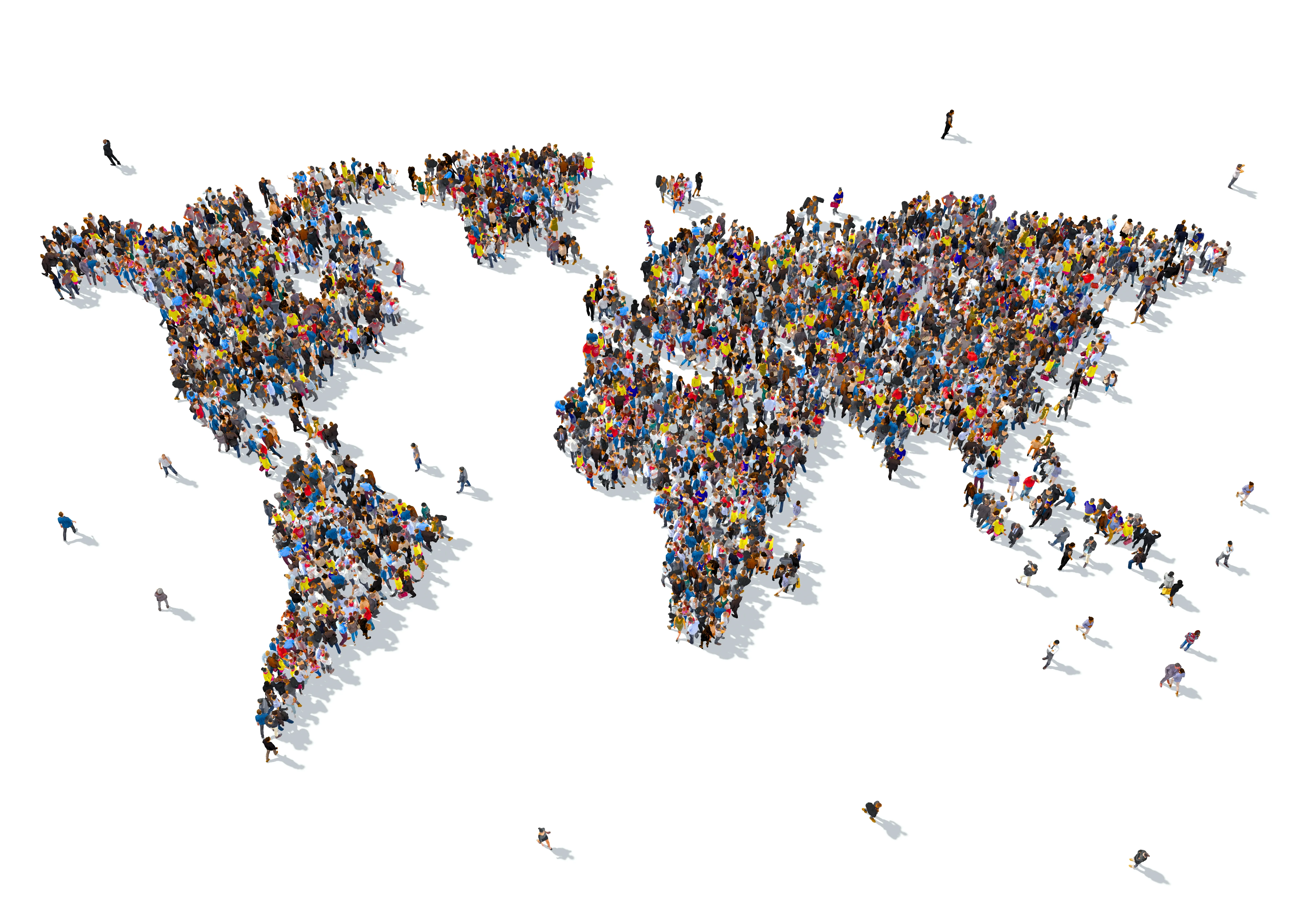The report described this phenomenon as “striking” because religiously unaffiliated people are typically older and have lower fertility rates, putting them at a “disadvantage” for population growth.
By the end of 2020, however, “nones” made up 24.2% of the global population, making it the third-largest group in the study, following Christians and Muslims.
According to the report, “people shedding their religious identity after having been raised as Christians” is the primary reason why religiously unaffiliated people outpaced religiously affiliated people across the decade. After Christianity, Buddhism lost the second-largest number of followers due to religious switching.
The U.S. was among many countries where a large percentage of its Christian population became unaffiliated from 2010 to 2020. However, Pew noted findings since 2020 have indicated that the decline appears to have leveled off. As of 2020, the U.S. had the second-largest population of religiously unaffiliated individuals globally, following China.
In terms of regional distribution, sub-Saharan Africa is now home to the majority of the world’s Christians, with 30.7% living in the region as of 2020. This is a change from 2010, when 24.8% lived in sub-Saharan Africa and 25.8%, the majority of the world’s Christians, lived in Europe.
The shift was due to both natural population increase in sub-Saharan Africa and “widespread Christian disaffiliation in Western Europe,” the report found, noting: “This is a major geographic change since the early 1900s, when Christians in sub-Saharan Africa made up 1% of the global Christian population and two-thirds of Christians lived in Europe.”
In fact, Christians experienced substantial change in more countries than any other religious group, shrinking as a share in the population in all but one country — Mozambique, where the share of Christians rose by 5 percentage points.
Regional concentrations of Jews also changed, the report noted, with 45.9% living in the Middle East-North Africa region and 41% living in North America. In 2010, the largest number of Jews lived in North America. The shift was largely due to the growth of Israel’s population from 5.8 million to 6.8 million through migration and natural increase over the course of the decade.
Few countries experienced substantial change in percentage of Muslims in their populations, the report noted, despite having the largest global population growth overall. This is because the growth occurred in countries where Muslims were already the dominant religious group. Islamic population growth was largely attributed to high fertility rates.
Hindus were the fourth-largest religious group as of 2020, growing about 12% from 2010 to 2020, with the most notable growth in the Middle East-North Africa region, where they rose to 3.2 million — up 62%. Nonetheless, the majority of Hindus are still in India, and the religion remained at a stable 14.9% of the global population over the course of the decade.








